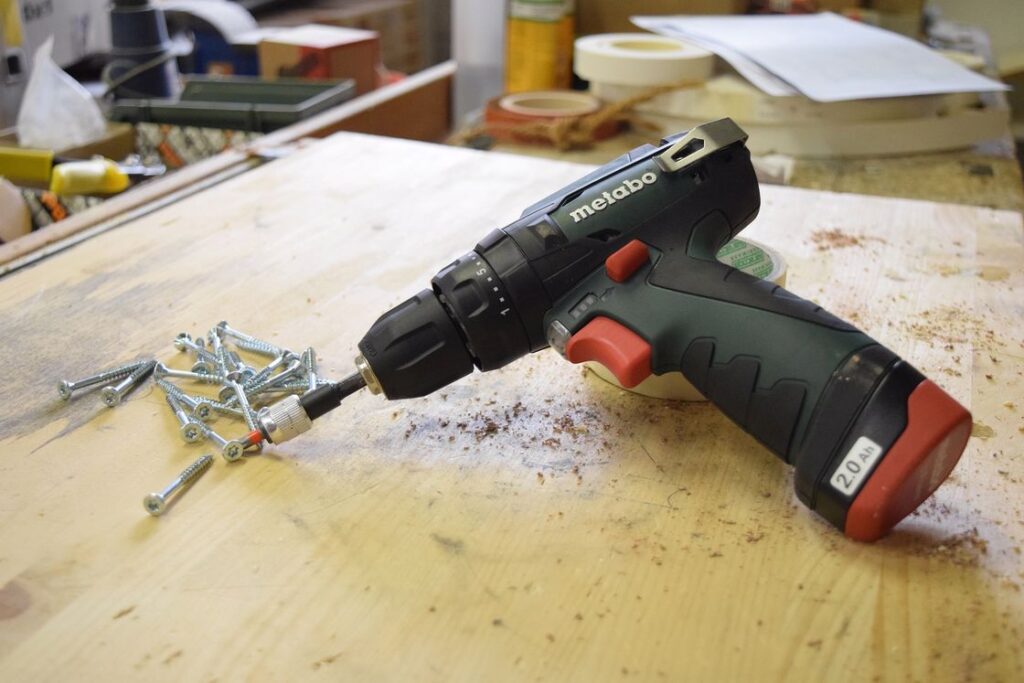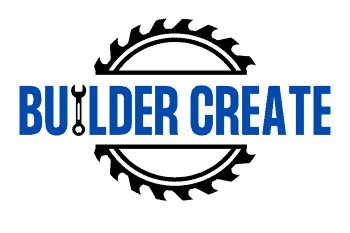#10 screws are part of the standard screw sizes. They are one of the most common screws you can find and use. If you don’t know what size drill bit for a #10 screw is, you definitely should know if you’re into general construction.
Contents
What Size Drill Bit for a #10 Screw?
A #10 screw needs a size drill bit depending on the pilot hole size on the intended wood and whether it’s hardwood or softwood. For softwood, you would need a size drill bit of 7/64 inches. For hardwood, you would need a size drill bit of ⅛ inches.

Don’t confuse this with taps like the 10mm tap. If there are threads, then you’re probably talking about the 10-24 tap with a bit size of 5/32″ and not the #10 screw.
Also, do note that there are also other types of #10 screws that may have different drill bit sizes. These include:
- AB self-tapping screws
- Type B self-tapping screws
- Type 25 thread-cutting screws
Tips for Using Small Drill Bits
Lubricate Drill Bits to Make Them Last Longer
Lubrication decreases the friction between surfaces. This means less heat is generated, making your drill bits less compromised when they’re not that heat resistant. It also keeps your drill bits working longer since it coats drill bits with protection against rust and other stuff.
Some surfaces like aluminum, brass, or cast iron don’t necessarily need lubrication to drill properly. It doesn’t always have to be the case as lubrication also offers other things.
Lubrication boosts your drilling speed since there is less friction. If you’ve drilled with and without lubrication, you probably noticed that drilling without lube is slower, especially if you’re not forcing your way through.
Never Force the Drill Bit
It’s not a good decision to force the drill bit through the material most of the time. The speed of the drill bit won’t change even if you force it through, and it will only do more harm than good.

You also might end up breaking the bit if you’re being forceful. Small drill bits are usually brittle so you need to use them carefully. Forcing it through also blunts the bit’s tip, making it unusable.
In the end, you want to ensure that the drill bit you’re using is compatible with the surface. If it is and still doesn’t drill effectively, other underlying problems might need to be addressed.
Stop Every Now and Then
As I mentioned before, drilling causes friction which in turn creates heat. The heat can dull the drill bit, which you must sharpen more often. The heat may also cause deformities in your workpiece, which you want to avoid.
Rest your drill after drilling 2 to 5 light applications to avoid this. Most people would just let their drill bits rest for a minute or two before resuming to drill again.
Another way is to dip the drill into cold water 5 to 20 seconds after drilling to stop it from heating up. This resets the heat threshold allowing you to drill again without worry of overheating.
Conclusion
#10 screws are generally used for general construction. It’s usually used for building furniture like decks and storage sheds. Make sure you use the right drill bit size to ensure the stability of your construction.

